
Laggan Croft an Exploration of Regeneration.
Ste and I are on the Isle of Lismore this week, where we have a small piece of land and a building plot called Laggan Croft – it’s a very special place.
It’s been our lifelong dream to have a small Croft on a Scottish Island by the sea in view of a mooring with our sailboat attached.
I am Scottish-born and bred, and we both grew up holidaying on the West Coast of Scotland. So when we started to awaken to the current unstable socio-economic global conditions and supply chain fragility—on top of our planet’s rapidly spiralling ecological degeneration—it was the first place we looked to build our plans for a ‘regenerative’ future-fit home.
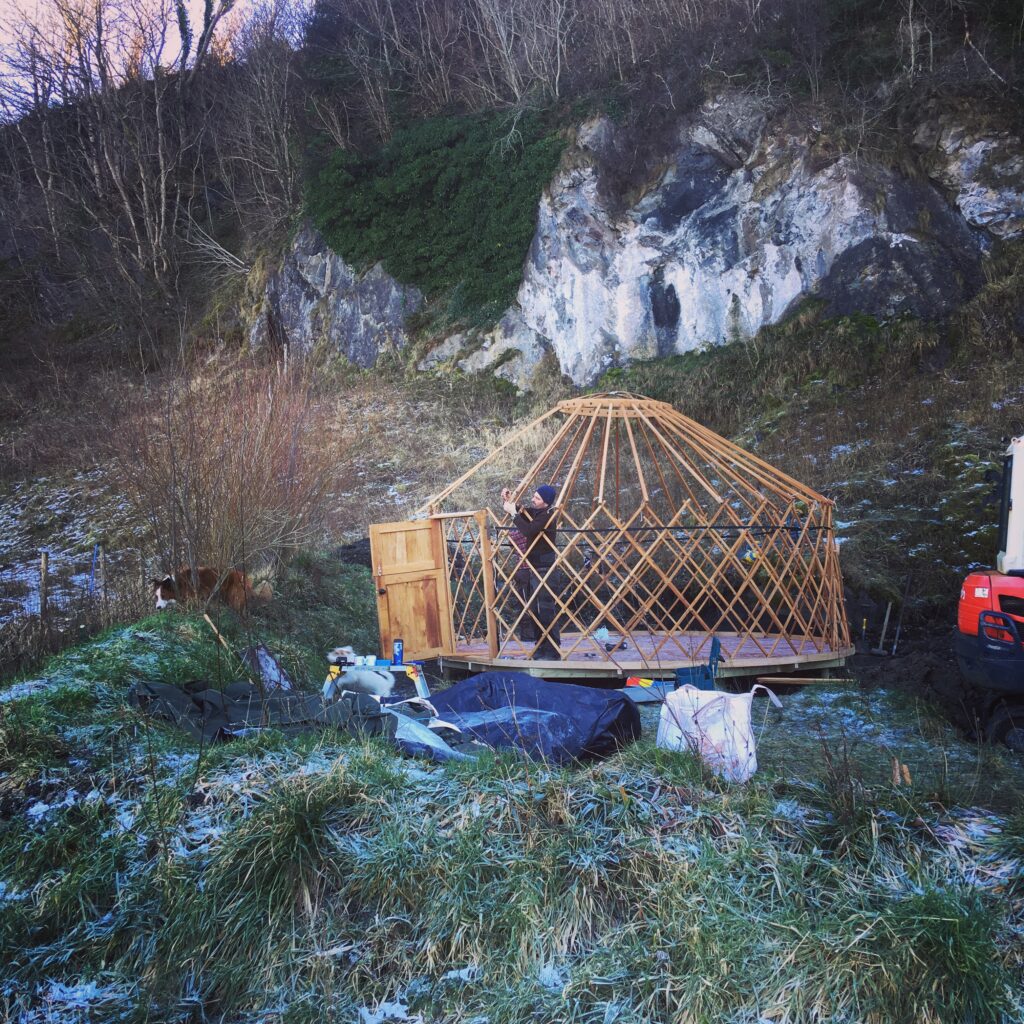
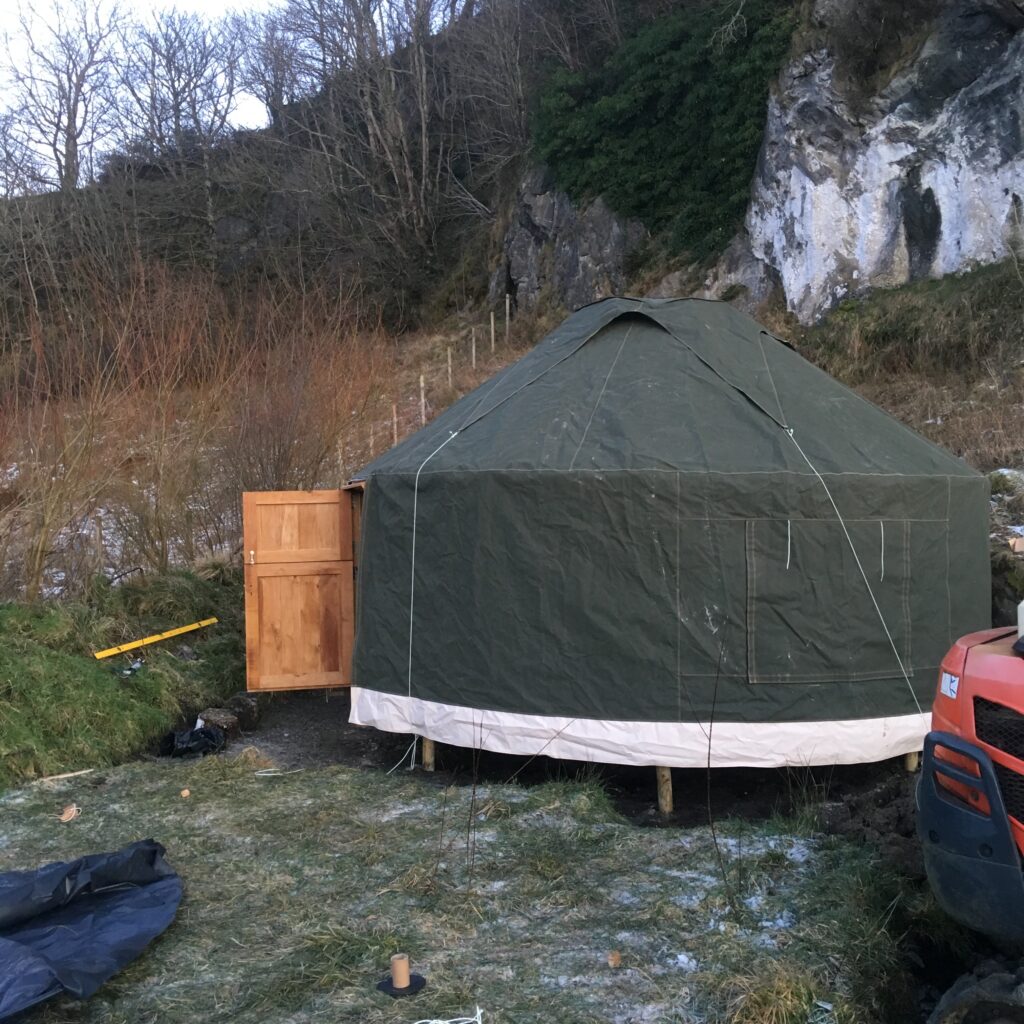
We decided to take a long, hard look at our assets, lifestyle needs, and what sort of legacy we wanted to leave for our children. We decided that working hard in a well-paid but ‘degenerative’ job, paying a mortgage, and saving into a pension pot until retirement was not for us, so we are building a different kind of long-term plan—and neither of us plans to retire!!
The term regenerative is being applied everywhere now, so I am going to explain what we mean by creating a regenerative lifestyle. And yes, I am still going to keep using the term because our application of it is in integrity with its true meaning. Sustainable still means sustainable, even though it’s been applied to countless unsustainable companies and activities. And regenerative still means regenerative, even though Beyer Crop Science might be applying it in ways that could be considered ethically dubious!!
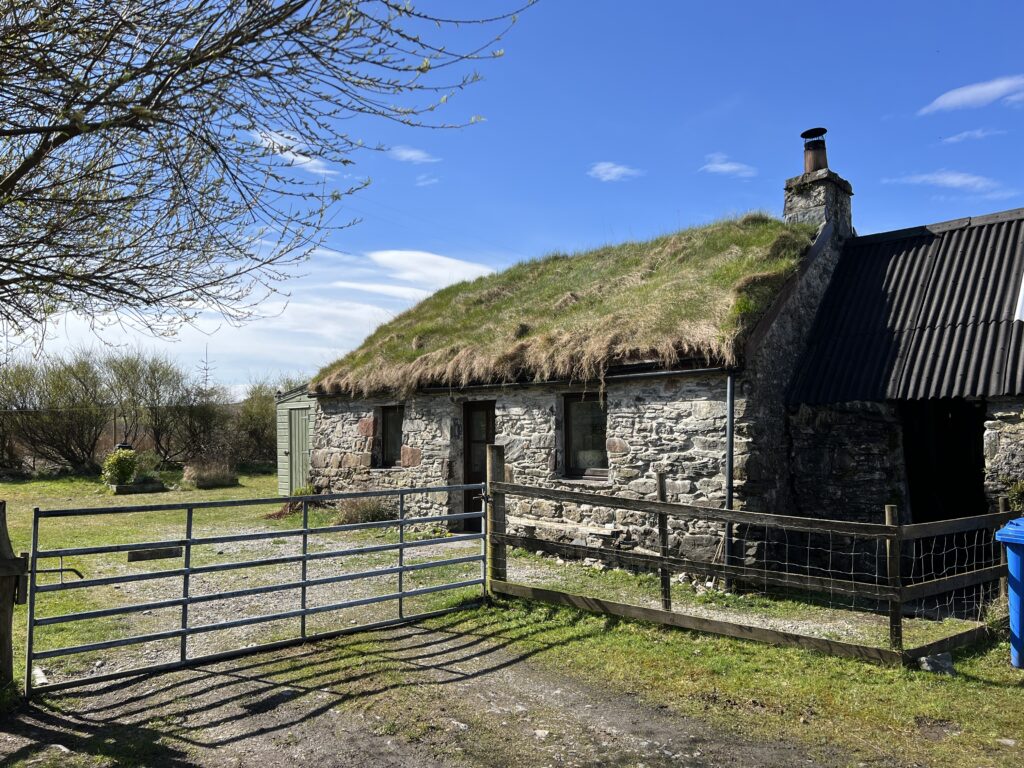
To Regenerate transitive verb : to subject to spiritual regeneration : to change radically and for the better : to generate or produce anew : to produce again chemically, sometimes in a physically changed form : to restore to original strength or properties
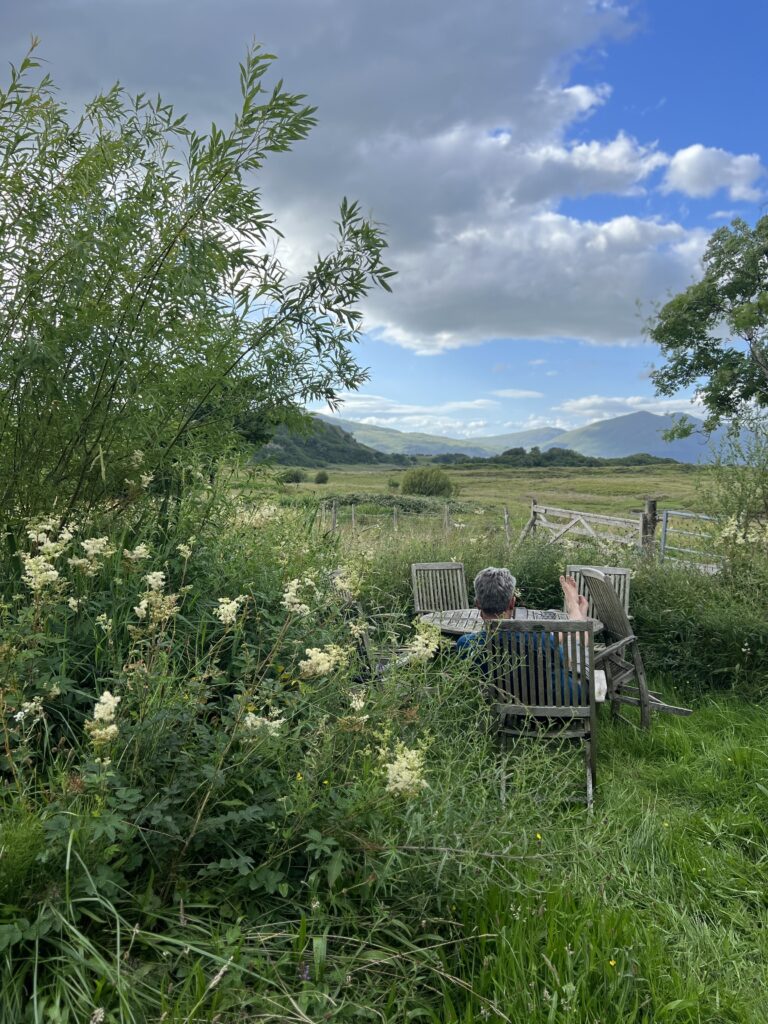
I am a consultant, trainer and coach in regenerative agriculture, and Stephen is a heritage and natural builder, so we got our heads together and hatched some pretty bold regenerative plans.
Our ‘thesis’ is that humans can not only reduce their impact on the planet but can, in fact, be a key part of the solution.
But if we are to avert the looming socio-economic-ecological catastrophe humanity faces, we need to design our lives and homes in a way that doesn’t just ‘sustain’ the current degraded/degenerate situation but actively regenerates it.
We need to regenerate not only the land—regenerative agriculture/permaculture—but all aspects of how we live: our consumption patterns, our health, our communities, our building techniques, our career choices and business structures, as well as our economic systems – non of these systems are working for people or the planet.
Laggan Croft is our ‘exploration of regeneration’—we are a very long way from living our lives regeneratively at the moment, but over the next few years, we plan to experiment, test, and demonstrate ways it might be possible.
When selecting the croft, we considered resilience and found the perfect plot with outline planning for two properties: a cute and simple crofting cottage, four acres of land, our own spring-fed water supply, a cliff woodland large enough to produce firewood and utility timber, three acres of overrested flat land on limestone with a clay cap, and arguably one of the best views in Scotland (we are a wee bit biased!).
Ironically, I am used to dealing with large Scottish estates of several thousand acres and found developing a regenerative plan for our four acres quite challenging. We didn’t do anything for a couple of years and just erected a yurt for our accommodation – the cottage was let as a holiday accommodation. I generally design regenerative livestock systems, so it was a surprise to even me that we decided on an agroforestry system.
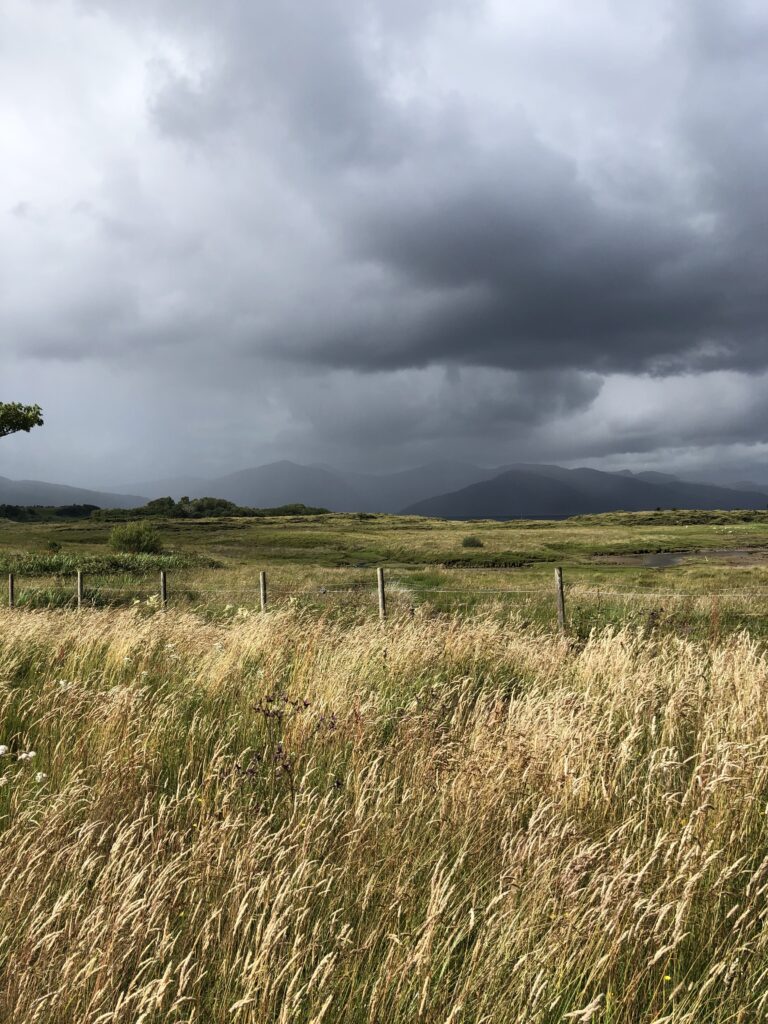
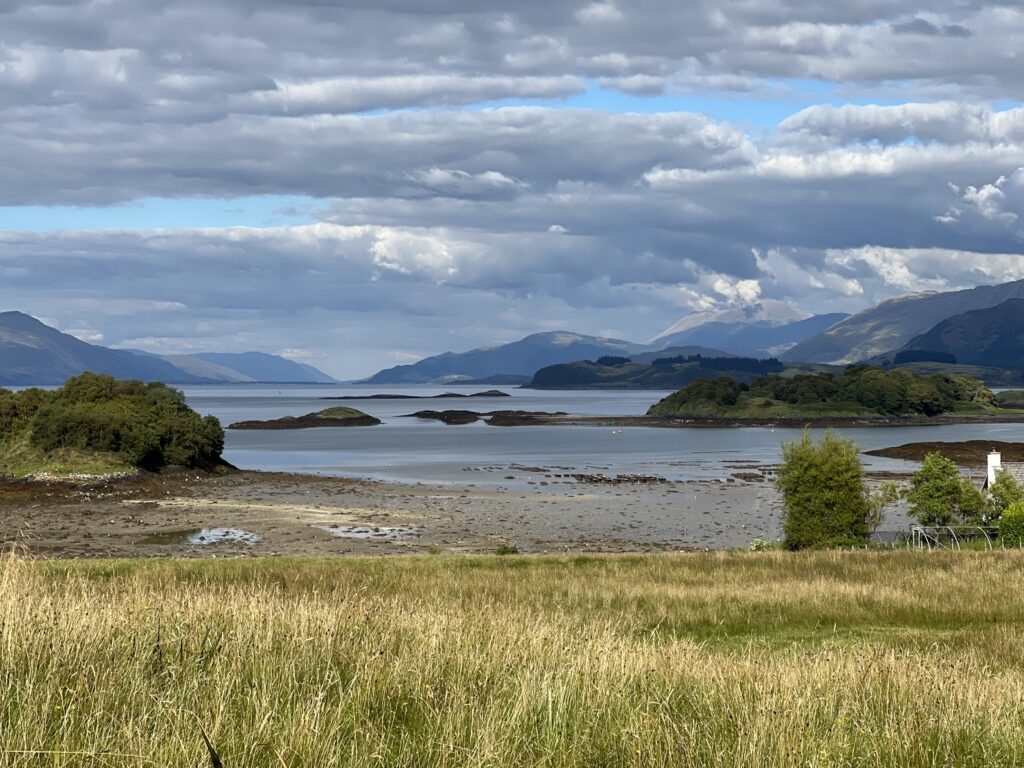
Our remit was to create a food production system that had reasonably low labour and was based on regenerative principles (organic, closed loop, polyculture, permanent).
A couple of other great livestock farmers on the Island follow organic and regenerative principles, so high-quality meat is already available. Also, we have a small fishing boat for line fishing and putting down pots, so as long as our land plans could accommodate small animals such as hens, our protein needs were sorted.
We decided on an orchard-style agroforestry woodland croft based on Scottish heritage fruit trees in rows, underplanted with a wide variety of fruit bushes, wild herbs, and perennial vegetables/leaves. Herbal leys have been sown in the alleys between the fruit rows to create a high-protein feed source for hens moved daily in a mobile unit. The planting has only just been completed, so we are anxious to see how things grow this summer.
As soon as we have the planners’ sign-off, we will start building our ‘regenerative’ home. The design is for a one-bedroom unit with an open-plan lounge, dining, and kitchen space. The structure comprises an oak cruck frame with a hempcrete wall, slate, and grass roof. Instead of a spare room in the house, we have a—soon to be upgraded—yurt that acts as a guest pad.
The croft will be self sufficient in energy and we are exploring options for creating a closed loop sewerage system with integrated vermiculture and compost system so all of the nutrients grown on the land go back to the land – after they have been ‘up-cycled’ by living organisms!
The internal space is designed around primal living principles to facilitate the regeneration of the occupant’s health. Not only will the house blend seamlessly with outside food production zones, giving us access to nutrient-dense, organic food, but the home will be a kind of modern luxury cave!
Everything from ‘earthing’ stone floors, a central circular fireplace, lighting that mimics the frequencies of dawn, day and dusk, insulated wiring to reduce EMFs, structured spring water in the taps to natural plasters, ventilation systems and furnishings. There will be minimal tech – it’s a ‘still works if the power goes off’ sort of house. Every part of the house can be repaired and fixed with real old-fashioned skills and tools. If we walked away from the house, nearly everything would degrade naturally back into the local environment, leaving no toxic landfill legacy!
But the regenerative potential of this yet-to-be-built property goes beyond this. To be genuinely regenerative, our lives should positively impact and inspire others.
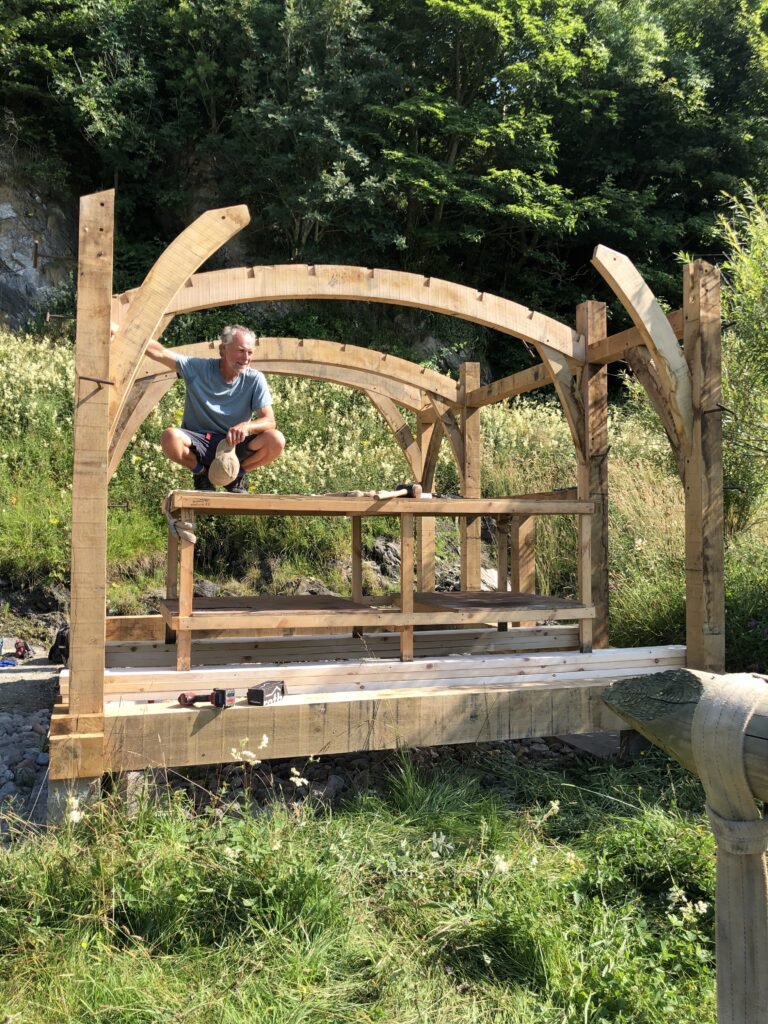

My work in regenerative agriculture can, in part, be carried out remotely, and we are in the process of building a natural build ‘shepherd’s hut’ as our office with a view down Loch Linnhe and Ben Nevis. Future planning permitting, we will also be building a pond with a ‘crannog’ building that will act as a training space and library for my several hundred books on regenerative – well, everything! I am focusing my site-based regenerative work around the Lakes where we currently live and the West Coast of Scotland to limit my travel – I even work with quite a few farms and estates that we can sail to, which is the ultimate low-impact way to get to site!
Stephen’s building company ‘Stephen Grindrod LTD’ is moving in the direction of regenerative building, too, and this build will be an inspirational example of what is possible, as well as a training site for skilling up new staff and contractors. Hopefully, the build will inspire future investors and home purchasers to look at the potential for a regenerative design and build a package – regenerative development – where we can include training and support for new owners adopting the lifestyle and connect them with communities of like-minded people.
Please sign up to hear more about the Croft development and build process. We will share the highs and lows of exploring and demonstrating a new way of living in harmony with nature and positively impacting the world.
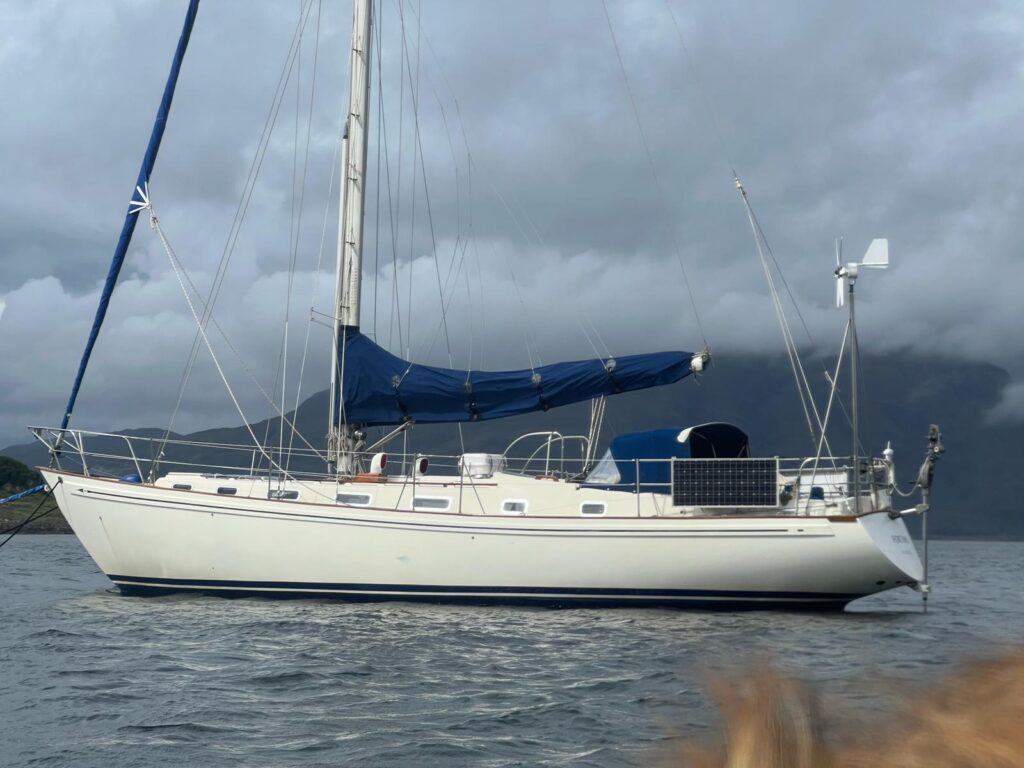
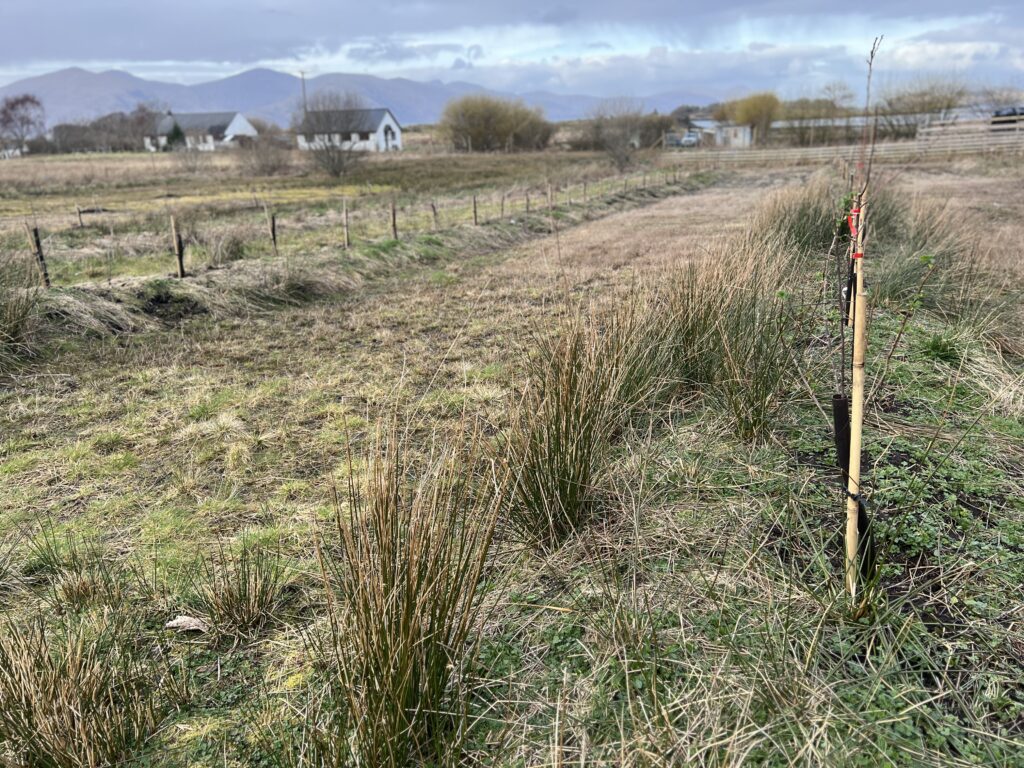
Sign up for our mailing list to be the first to know about new training dates and access educational content and we’ll send you a free copy of ‘Rooted’ our seasonal journal of regeneration.

Super inspiring! Very best of luck!
Interesting reading. We have a Croft on the East Coast and sail out of Linnhe marine. Looking forward to hearing your developments.